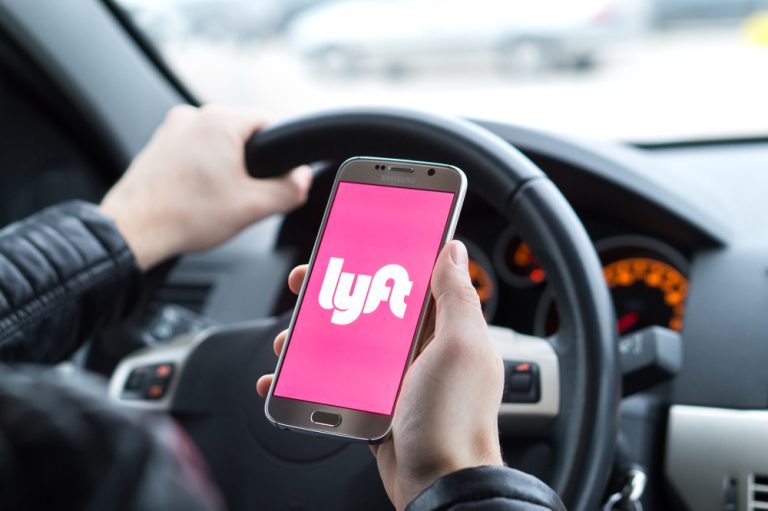Positioning Against Larger Rival Uber
Lyft, often cast as the smaller counterpart to ride-hailing leader Uber, is drawing attention from traders seeking opportunities outside the $100 billion-plus market cap space. While Uber remains the sector’s dominant player and is now part of the Dow Jones Transportation Average, Lyft offers a smaller, more volatile alternative that may appeal to those willing to trade after earnings announcements rather than before them.
The company recently reported quarterly earnings of $0.10 per share on August 6, 2025, helping it deliver $0.21 per share in earnings over the past year. With shares trading at roughly $14.39, this gives Lyft a trailing P/E ratio above 69, a high valuation that could be supported if its growth trend continues. Nearly half of its past year’s earnings were generated in the latest quarter, contributing to a P/E-to-growth ratio of 2.85. However, the stock’s 60-month beta of 2.26 underscores its volatility.
Technical Signals and Market Behavior
Daily chart indicators, particularly the percentage price oscillator (PPO), suggest that Lyft may be attempting to form a bottom following its post-earnings reaction. The stock experienced an immediate pop on Thursday after results, but technical patterns do not yet indicate a clear buy signal. On the weekly chart, price action remains largely flat, a pattern that could benefit traders anticipating renewed market interest in the near term.
Lyft’s trading pattern has drawn comparisons to the NFL’s Eli Manning, who emerged from his brother Peyton’s shadow to achieve his own championships. Similarly, Lyft does not need to match Uber’s size to deliver gains for investors — modest price increases could provide meaningful returns given its current share price.
Using a Collar Strategy to Manage Risk
For traders seeking defined risk, a collar strategy on Lyft could offer an attractive setup. One example involves purchasing protection with a $14 put and selling a covered $18 call, both expiring December 19, 2025. This approach limits downside to approximately 7.4% while capping upside potential at more than 20.4%.
The collar would cover the November earnings report and extend about a month beyond. If Lyft’s share price exceeds $18, additional profit would require rolling the collar, increasing position size, or adding call options. The estimated cost of the collar is less than 5% of the current share price.
Key Financial Metrics
- Market capitalization: $5.85 billion
- Shares outstanding: 418 million
- Price/earnings (TTM): 69.10
- P/E-to-growth ratio: 2.85
- Earnings per share (TTM): $0.21
- Most recent quarterly EPS: $0.10 (reported 08/06/25)
- 60-month beta: 2.26


